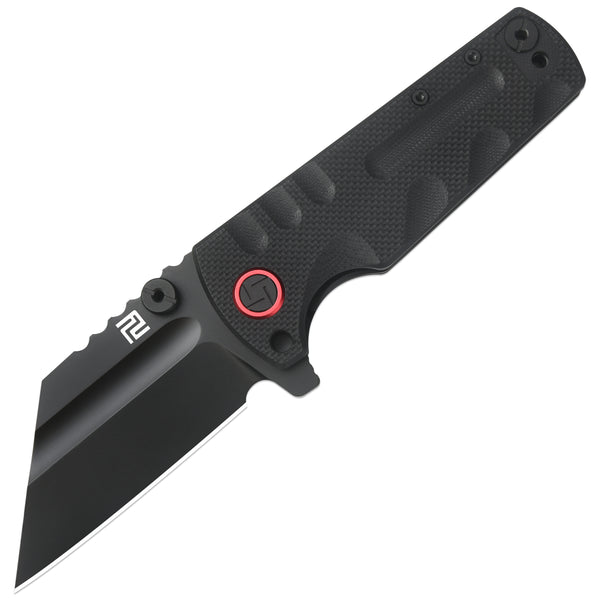Folding pocket knife is a versatile and portable tool that can serve different purposes, from self-defense and survival to everyday carry and outdoor activities. The convenience of being able to fold the blade into the handle and carry it in your pocket makes it a popular choice for many people. However, not all folding pocket knives are created equal, and some have specific features that make them stand out from the rest. In this article, we will explore the 10 must-have features of the best folding pocket knives.

1. Blade Material
The blade material is an essential factor when considering a folding pocket knife because it determines the durability, sharpness, and edge retention of the blade. The most common materials for blades include stainless steel, high-carbon steel, and Damascus steel. Stainless steel is corrosion-resistant and easy to maintain, while high-carbon steel is harder and retains its edge longer. Damascus steel is a combination of different metals that create a unique pattern and exceptional strength.
2. Blade Shape
The blade shape affects the cutting performance and versatility of the folding pocket knife. The most popular blade shapes include drop point, clip point, tanto, and serrated. Drop point and clip point blades are ideal for general-purpose use, while tanto blades are suitable for heavy-duty tasks. Serrated blades are perfect for cutting through tough materials like rope and fabric.
3. Blade Size
The blade size should match your intended use and personal preference. The blade length can range from 1 inch to 4 inches or more, but the average size for a folding pocket knife is around 3 inches. A larger blade can handle more extensive tasks, while a smaller blade is more compact and easier to control.
4. Handle Material
The handle material plays a significant role in the comfort and grip of the folding pocket knife. The most common materials for handles include stainless steel, aluminum, titanium, G-10, and carbon fiber. Stainless steel is sturdy but heavy, while aluminum is lightweight but not as strong. Titanium is both lightweight and strong, but more expensive. G-10 and carbon fiber are lightweight and durable but may feel slippery when wet.
5. Handle Design
The handle design should fit your hand comfortably and securely. The most popular handle designs include straight, curved, and ergonomic. Straight handles are simple and easy to grip, while curved handles contour to the shape of your hand. Ergonomic handles are designed to provide a comfortable and natural grip, reducing fatigue and improving control.
6. Locking Mechanism
The locking mechanism keeps the blade securely in place when open and prevents accidental closure. The most common locking mechanisms include liner lock, frame lock, back lock, and button lock. Liner lock and frame lock are the most popular because they are easy to operate with one hand and provide a secure lockup.
7. Opening Mechanism
The opening mechanism allows you to open the blade quickly and efficiently. The most popular opening mechanisms include thumb studs, flipper tabs, and thumb holes. Thumb studs are the most common and are located on both sides of the blade. Flipper tabs are a small protrusion at the base of the blade that can be flipped to open the blade. Thumb holes are located near the spine of the blade and allow you to open the blade with your thumb.
8. Pocket Clip
The pocket clip allows you to carry the folding pocket knife securely in your pocket, bag, or attached to your belt. The most popular pocket clip designs include tip-up, tip-down, and reversible. Tip-up and tip-down refer to the orientation of the knife in your pocket, while reversible means the pocket clip can be attached to either side of the handle.
9. Weight
The weight of the folding pocket knife should be comfortable to carry and use. A lightweight knife is ideal for everyday carry and general-purpose use, while a heavier knife is better suited for heavy-duty tasks. The weight should be evenly distributed between the blade and the handle for optimal balance and control.
10. Price
The price of the folding pocket knife should reflect the quality and features of the knife. A high-quality knife with advanced features will be more expensive, but it will also last longer and perform better than a cheap knife. Determine your budget and choose the best folding pocket knife within your price range.
Conclusion
A folding pocket knife is an essential tool for anyone who needs a versatile and portable cutting instrument. The 10 must-have features of the best folding pocket knives include blade material, blade shape, blade size, handle material, handle design, locking mechanism, opening mechanism, pocket clip, weight, and price. Consider these features when choosing your next folding pocket knife, and you'll have a reliable and high-performing tool that will serve you well for years to come.







